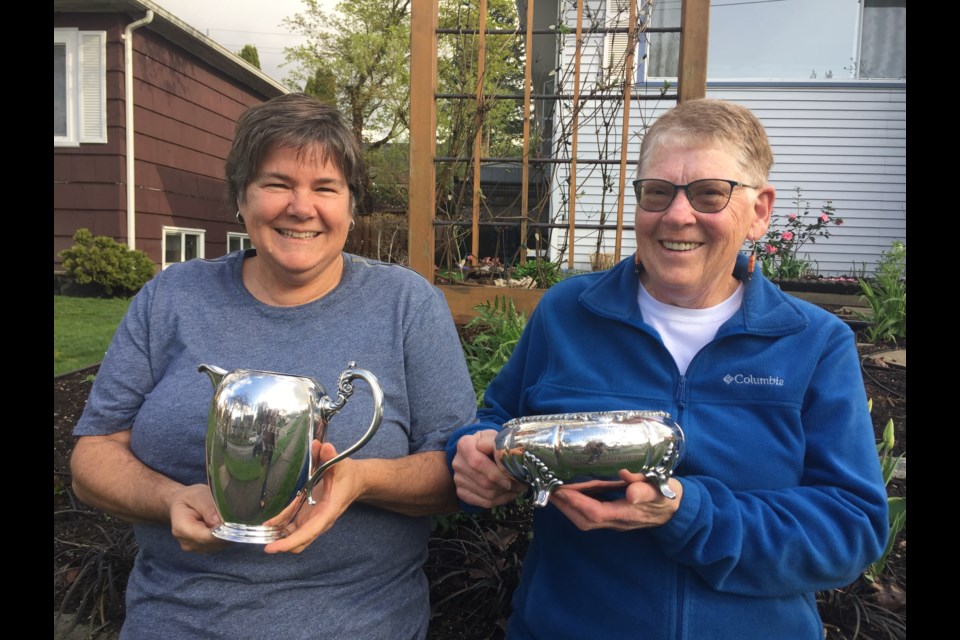The New Westminster Horticultural Society has grown and evolved since taking root 85 years ago – but it’s not about to rest on its laurels.
Audrey Barnes, the group’s unofficial historian, said the club was comprised mainly of men when it formed in April 1934 and focused on showing flowers. While it was known for being a bit hoity-toity in its early days, today’s group is far more down to earth and is focused on spreading the word about gardening and having a good time.
“Friendly,” says club vice-president Diane Perry, when describing the group. “In fact, there was a couple of new gentlemen who came to the last meeting. They were sitting behind me at the meeting and I heard them say, ‘Well, everyone sure is friendly.’”
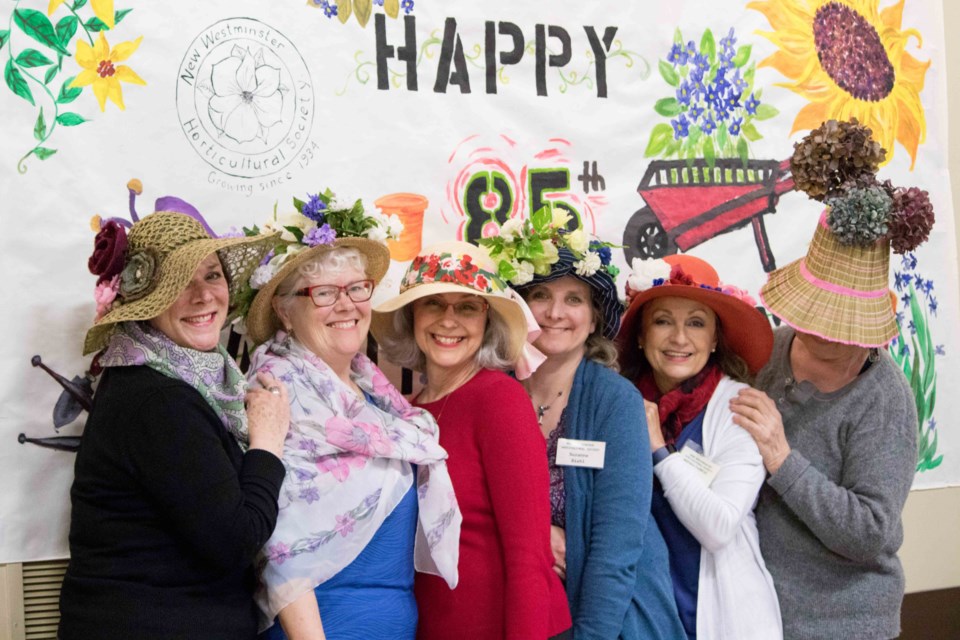
The New Westminster Horticultural Society meets on the second Tuesday of the month (except January) at 7:30 p.m. at Centennial Lodge in Queen’s Park. Meetings include a club business, such as the treasurer’s report and news about upcoming events, a draw for garden-related prizes, tea time, a sale table where people can purchase plant items from other members and a guest speaker.
“The guest speaker can be anything,” Perry says. “Next month’s is on small trees for small gardens. The one after that is on day lilies. It really varies. We try to keep it relevant to the season and we try to make it relevant so we are not repeating guest speakers.”
Most of the club’s members live in single-family homes, but others live in condos and have plots in community gardens or have balcony gardens. Some don’t garden at all but enjoy the social aspect of the club.
“We are actually a social club with an emphasis on gardening,” Barnes says.
But it wasn’t always that way.
“They took it seriously,” Barnes says. “The emphasis was growing the perfect plant.”
Serious business
In its early years, the club held parlour shows each month, where members showed flowers for judging; one competition included eight categories for tulips.
While digging up details for this year’s anniversary, Barnes found an item from the 1940s, when a local woman went to great lengths in her quest for one of the coveted silver trophies awarded to gardeners of winning flowers.
“She didn’t really grow them,” Barnes says. “It wasn’t supposed to be professional gardeners or professional florists. This one lady had a gardener. She didn’t produce it – her gardener did.”
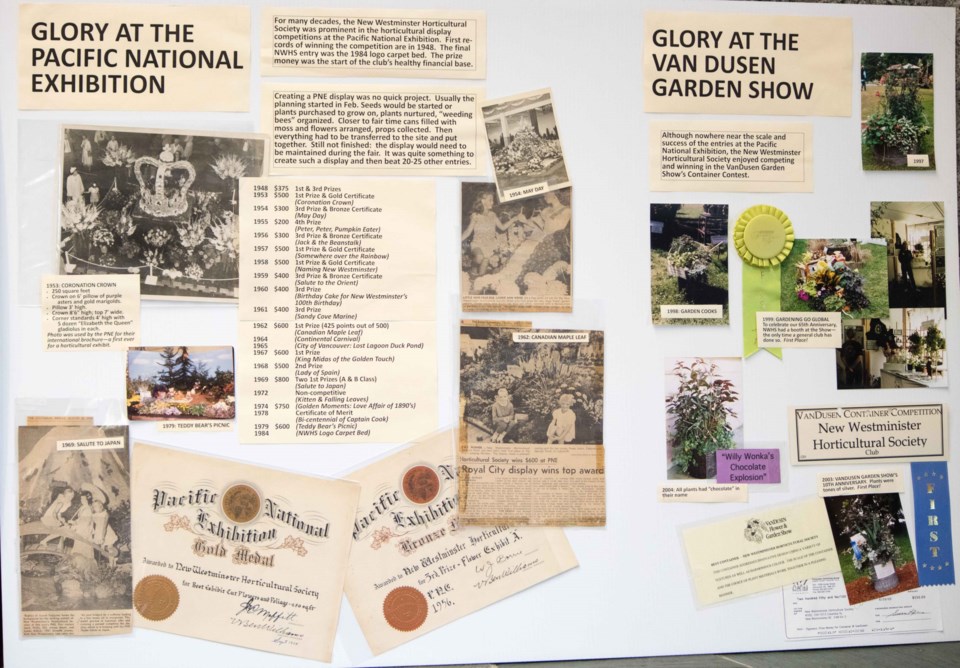
These days, the club provides members with an opportunity to show their flowers at its July meeting, where awards are given out to first-, second-, and third-place winners, as well as best in show.
“There is vegetables, there is cut flowers and there is floral art,” Barnes says. “Way back when, New West put on two two-day shows, and they were big events. Newspaper guys would be clamoring at the door to find out who won so they could put it in the newspaper.”
A growing concern
From its modest beginnings with about 20 members, today’s membership has expanded to about 140 people. That’s down from a peak of about 230 during the heyday of the club’s massive plant sales earlier in the 2000s.
“I was a real go-getter trying to get new members,” recalls Barnes, who was the club’s president. “In fact, we had to enlarge the executive because so many people wanted to be on it. It used to be three members at large and we increased it to five.”
From its humble roots, where members sold tomato plants from a couple of tables outside Centennial Community Centre in the 1950s, the plant sale flourished after moving to Royal Square mall. The club initially resold plants it had purchased from a nursery for a small profit, but in the 1990s it decided to go for a 100-per-cent-profit by selling plants grown by club members.
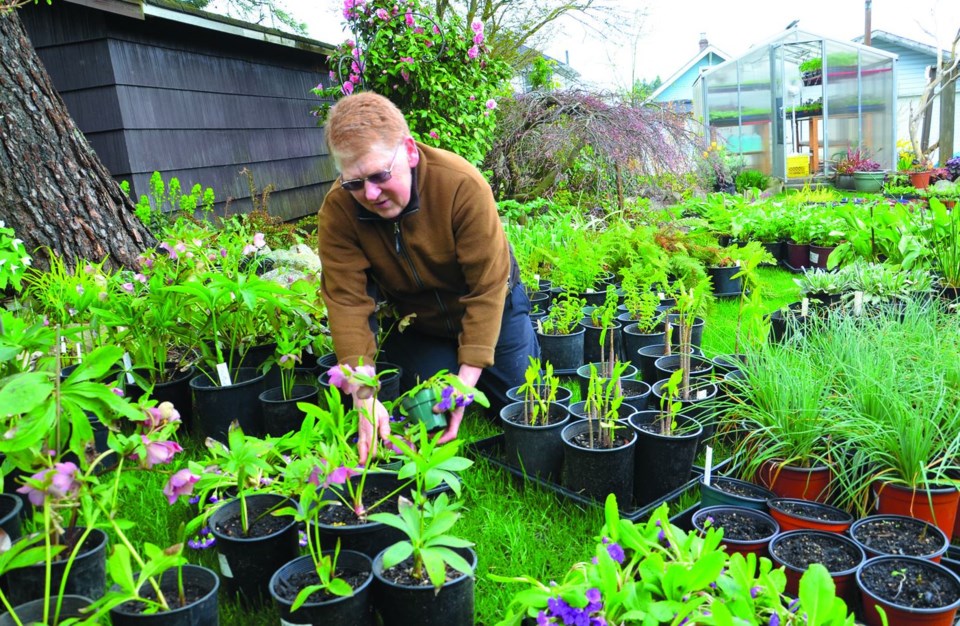
Barnes, who joined the club in 1993 and became its president in 1995, recalls the growing interest in the sale at Royal Square. She’ll never forget the sounds of buggies thundering toward the plant sale after doors to the mall opened for the club’s 2004 sale in honour of its 70th anniversary.
“All the customers had Safeway carts – the noise was horrendous,” she laughs. “It was so amazing.”
The sale continued to grow after moves to Ecole Glenbrook Middle School (2007 to 2009) and The Royal Westminster Regiment Armoury (2010 to 2012).
“We had over 10,000 plants,” Barnes says of the annual sale – many of which ended up in her yard. “For me it was a five-month job.”
Barnes, who served as the club’s yardmaster, tended to hundreds of plants deposited at her home prior to the sales. In 2013, the club sale got “back to reality” and started holding a boulevard sale in front of a local home each spring.
This year’s sale is moving to a new location that has ample parking and is under cover. It’s on Saturday, May 4 from 10 a.m. to 3 p.m. in the covered area between the Massey and Pearson wings of New Westminster Secondary School at 835 Eighth St.
Branching Out
While the club has scaled back its plant sale in recent years, it’s hoping to branch out and attract some younger members and to expand its connections in the community.
In addition to an annual donation to a local charity, the New Westminster Horticultural Society makes a yearly donation to the B.C. Council of Garden Clubs, which goes toward bursaries for college and university horticultural students. It’s also looking to partner with the city or community groups on projects, having been part of past efforts such as planting a healing garden at the former St. Mary’s Hospital, working on a garden at the historic Galbraith House as part of the home’s restoration, and helping with the renovation of the rose garden at Queen’s Park.
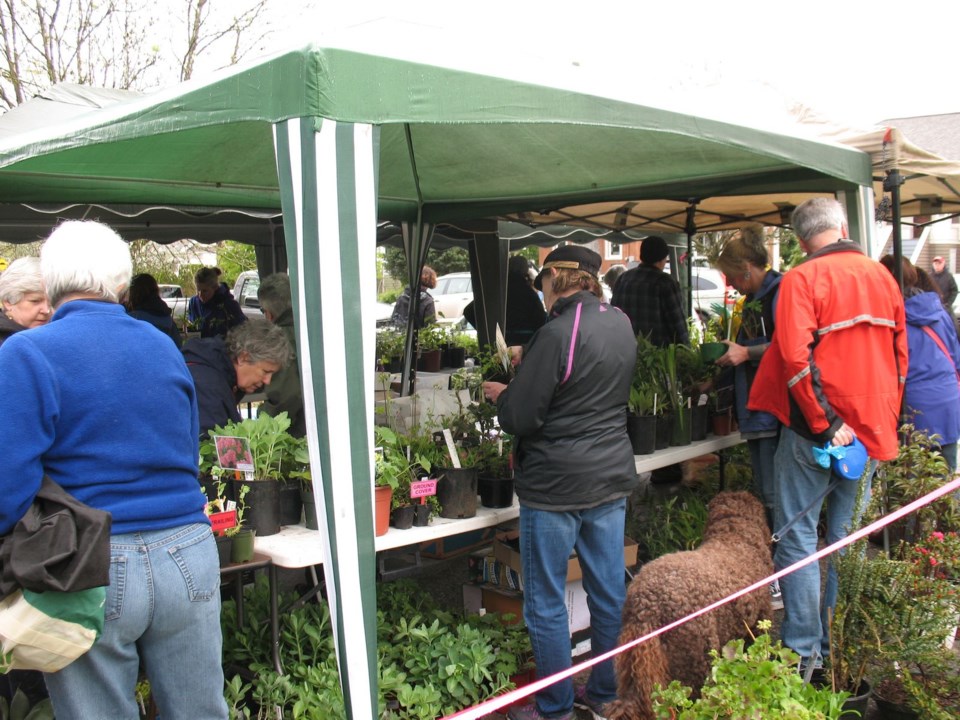
“I would like to see the club, in a moderate way, become more involved in things in the community. It used to be. They used to be part of the farmers fall fair in Queensborough and different things,” Perry says. “One of the things we are doing for celebrating our anniversary is we are partnering with the city’s parks and recreation department and we are contributing to a pollinator garden at Sapperton Park.”
The club is donating funds toward the purchase of plants for the area around the new playground and club members will help the city plant the pollinator garden in May. Some members are also participating in the Glenbrook Ravine enhancement project, an ongoing community initiative that includes the removal of invasive species and the planting of native plants in the ravine.
“It think there are lots of things we could get involved with,” Perry says. “Like anything, it takes somebody to spearhead it.”
